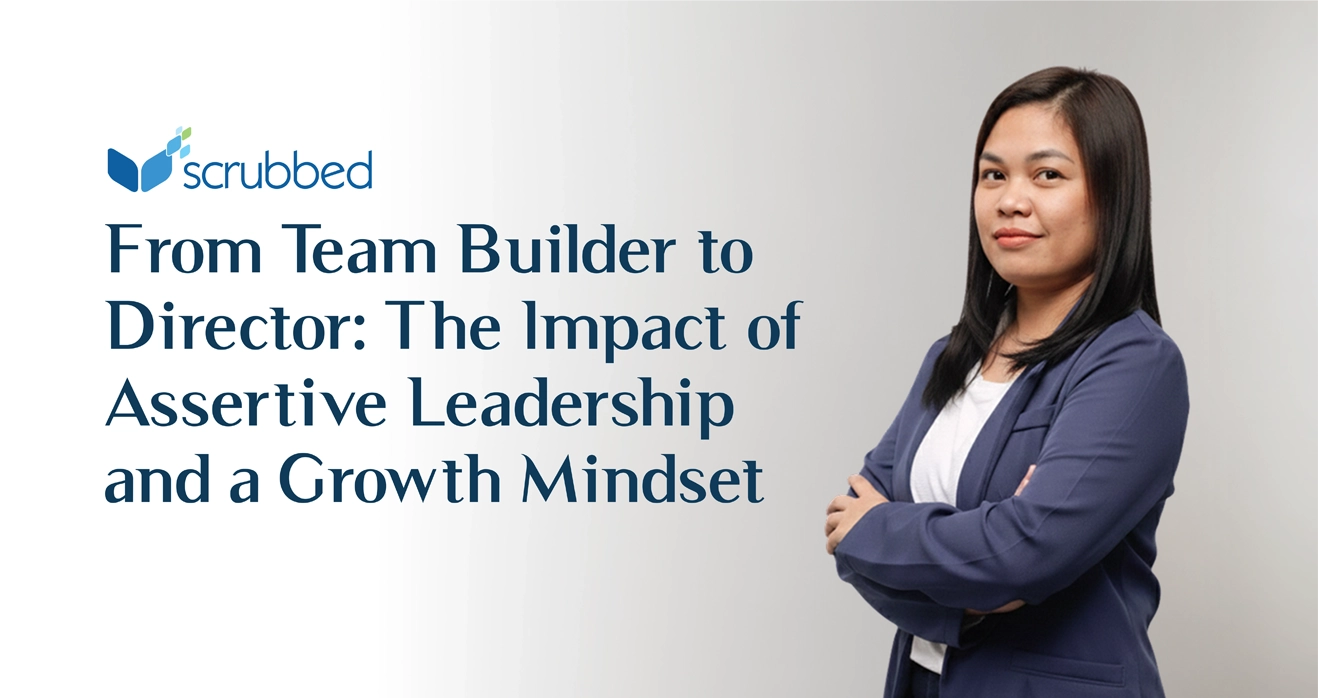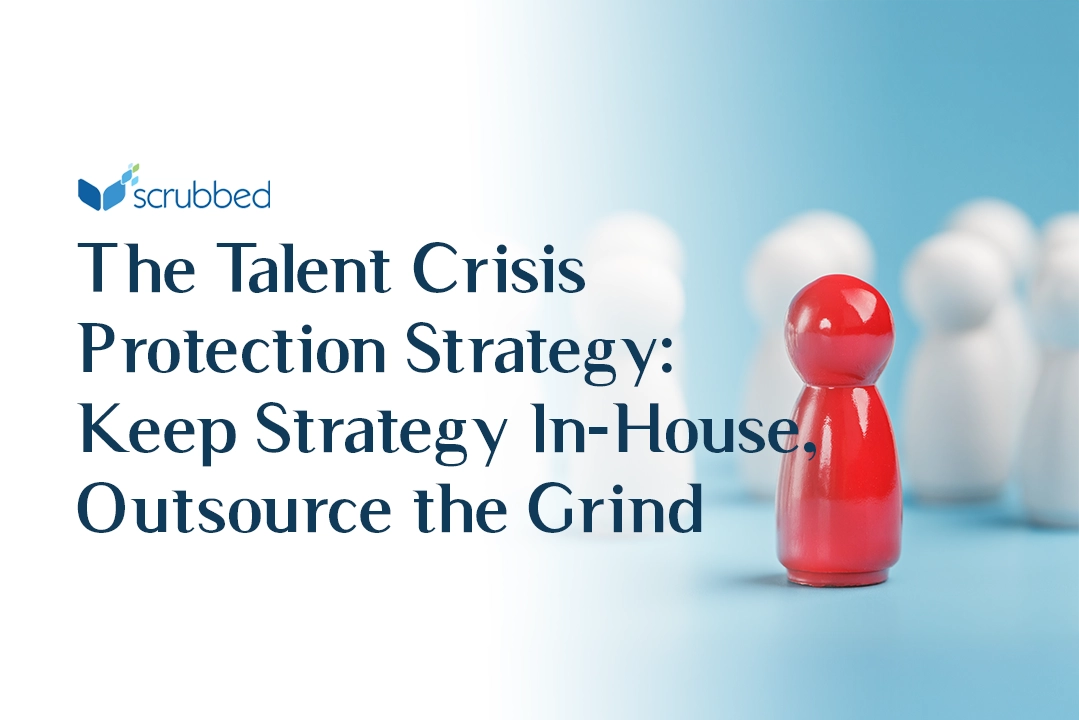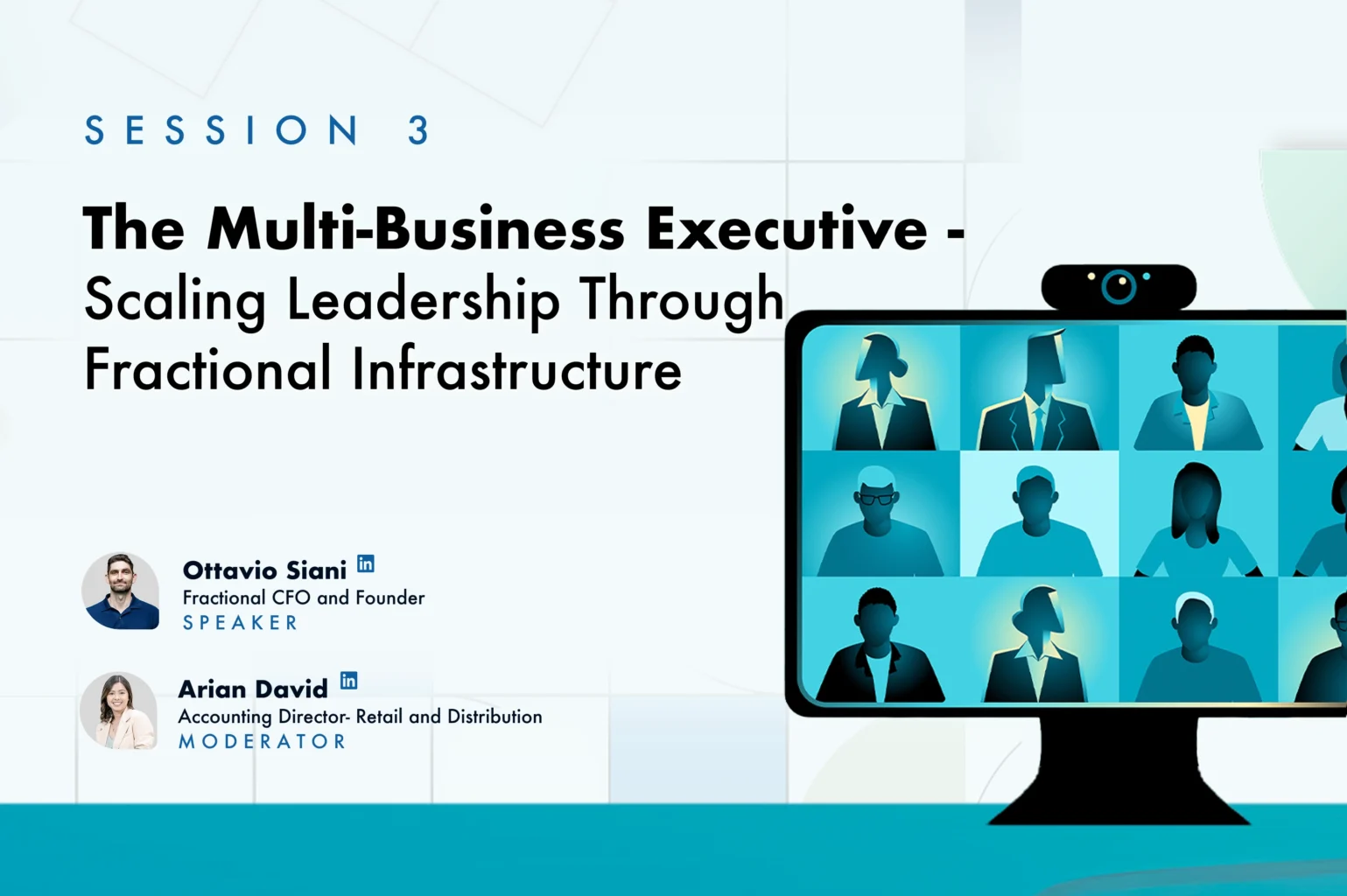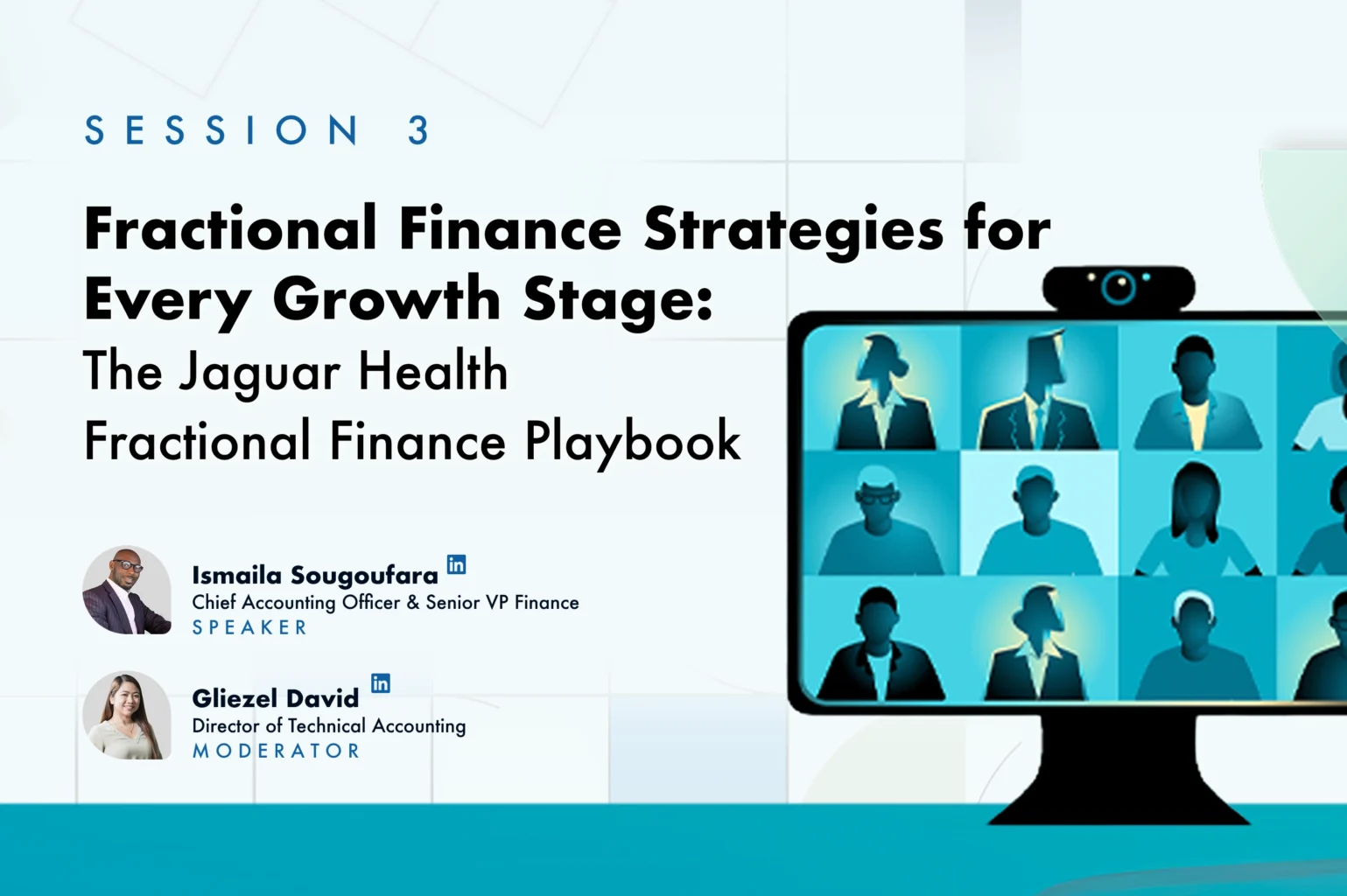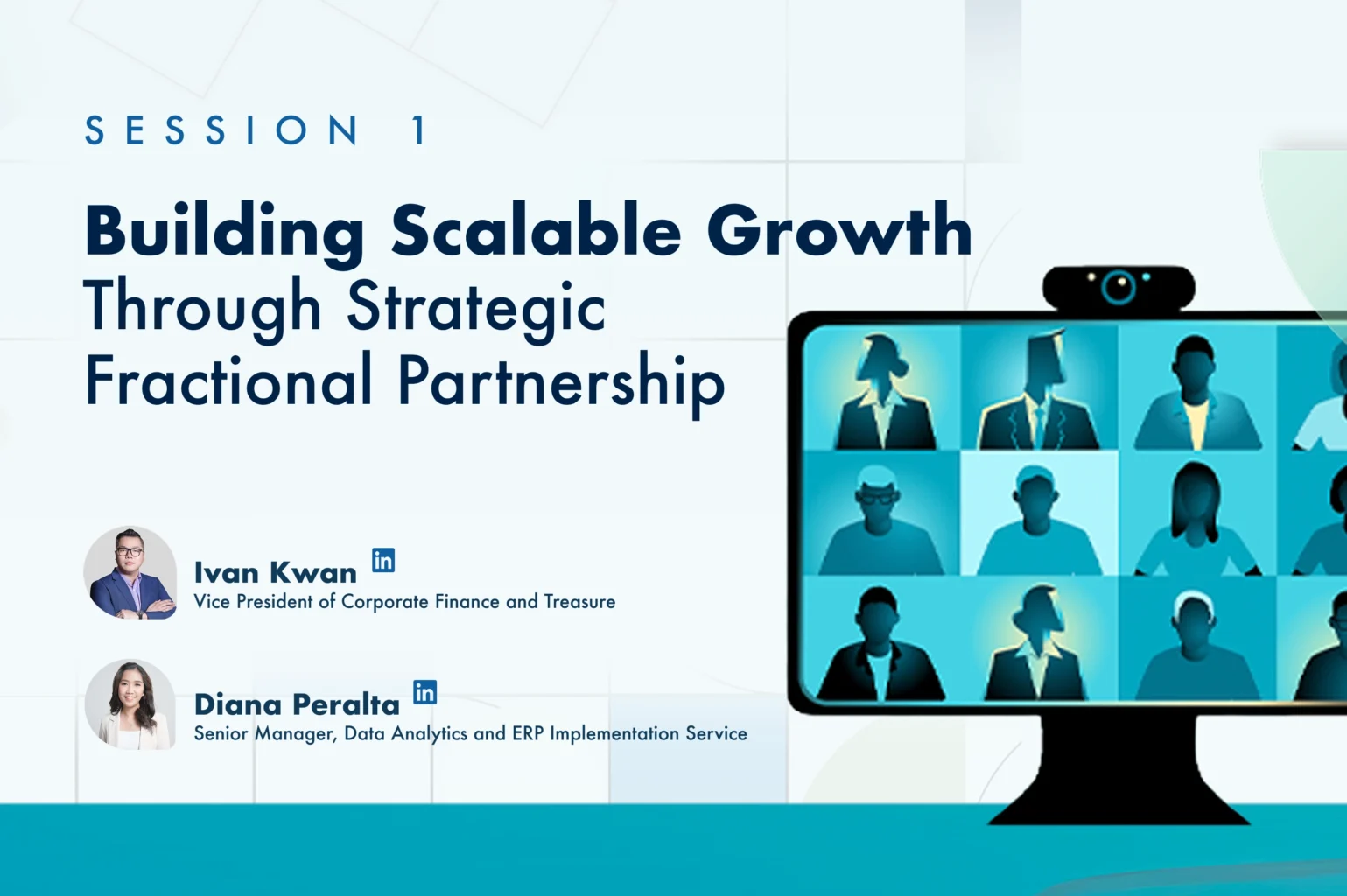Employees are an organization’s greatest asset, and their well-being should be a key focal point. That’s one reason the current shift toward greater diversity, equity, and inclusion (DEI) is so vital. DEI recognizes different points of view and creates deeper trust and commitment among employees, going far beyond just basic policies and programs.
Adopting a DEI culture offers many advantages for organizations and their employees. At the same time, it creates unique reporting requirements to ensure a company’s various stakeholders have the information they need to make informed decisions about the business based on how it handles its human capital. Whether supported by internal staff or an outsourced accounting team, accurate DEI-related financial and operational reporting is key to meeting those requirements.
A Closer Look at DEI
To understand what DEI is and how it can impact an organization and its reporting requirements, let’s first look at what each element of DEI involves.
• Diversity is the presence of differences and individuality among employees, which can include race, gender, religion, and tradition, among other characteristics. In a workplace that promotes diversity, employees of unique identities and backgrounds work together and feel a greater sense of empowerment, appreciation, and respect.
• Equity acknowledges that not all people have the same rights and privileges. A workplace that promotes equity seeks to provide appropriate opportunities and support for differing needs to achieve fairness.
• Inclusion is a sense of belonging. In an organization that promotes inclusion, employees feel appreciated, respected, and heard, no matter their background, gender, race, culture, or other characteristics. While inclusiveness is sometimes equated with tolerance, the two concepts are very different. An inclusive environment accepts people regardless of their differences; in a tolerating environment, there is no true sense of acceptance.
The Advantages of DEI in the Workplace
A culture that promotes DEI offers significant advantages for both the organization as a whole and its employees. By hiring diverse employees and fostering an environment where they feel included and believe there is a sense of equity and fairness, companies and their staff will experience benefits like these:
● Greater Innovation – Employing people with different backgrounds, skills, talents, and expertise creates a well-rounded team that enhances the company’s processes, programs, and products, driving greater innovation. A culture of DEI allows differing points of view to challenge and improve business practices, objectives, and goals, and it provides opportunities to acquire new knowledge that can yield inventive ideas.
● Improved Talent Recruitment – With competition to attract employees with the right talent, experience, and expertise at an all-time high, compensation is no longer the sole consideration for job candidates. Now, an organization’s focus on DEI is also top of mind for job hunters.
● Increased Employee Retention and Engagement – When employees feel they belong and they’re respected, heard, and valued, they are less likely to leave the organization (reducing costly turnover) and more engaged and motivated to do the job without hesitation.
● Better Understanding of Customer Needs – An organization with a DEI culture is more reflective of society overall—and that makes it easier to understand customer needs, regardless of the differing perspectives within the business’s target market. A diverse pool of talent and minds can better understand and relate to the preferences of a diverse pool of customers, allowing the company to continually advance its products and services, penetrate new markets, and drive growth.
● Improved Financial Results – A culture of DEI can provide a more stable foundation by reducing the risk of poor communication, mistrust, and offenses against employees that can have financial and legal ramifications. As a result, the company is likely to experience improved efficiency, profitability, and growth.
Understanding DEI Reporting Requirements
Given the impact that DEI can have on a company’s success, various stakeholders—including investors, customers, employees, and government agencies—want to understand how the business’s culture can impact and support its own decision-making. Stakeholders commonly ask questions about whether employees are satisfied, whether the talent pool is diverse enough to drive continuous innovation, and whether a sense of equity ensures employees don’t feel undervalued or violated, which can risk resignations and even litigation. These stakeholders expect clear and transparent information about how a company handles its human capital, driving the need for certain disclosures.
When it comes to human capital disclosures, information about DEI is just one part of the equation. An organization’s stakeholders also seek information about the company’s compensation and benefits, labor practices, health, safety, training, education, and turnover—all of which could indicate whether the business is likely to be a successful venture.
Yet, there is little standardization when it comes to human capital information and disclosures. Instead, information is scattered across various types of documents and sources, including corporate social responsibility reports, sustainability reports, and the company website, for example. Since the required information cannot be compared easily across these disparate vehicles and formats, stakeholders often need help using such information sources to make the best decisions. This limitation is fueling the need to standardize DEI and other human capital information reporting processes and requirements.
With the International Sustainability Standards Board including human capital disclosures on the agenda for the International Financial Reporting Standards on Sustainability, it’s expected that a comparable, clear, and transparent human capital disclosure will be required for public consumption in the coming years. In the meantime, the Sustainability Accounting Standards Board provides the Preliminary Framework on Human Capital, which companies can refer to when developing human capital disclosures.
Separately, the US Securities & Exchange Commission (SEC) amended Item 101(c) of Regulation S-K, requiring the disclosure of human capital resources that are material in understanding a company’s business. However, guidelines on how disclosures are made and their practical value are still lacking, with the SEC yet to define the specific information to be disclosed and the nature of the disclosure. It’s expected that these disclosure requirements could differ by type of industry.
What to Expect Next
As global and US standards for DEI and other human capital disclosures take shape, companies could expect the following types of information to become requisites for future sustainability reporting within their financial statements or other regulatory filings:
● Employment and labor type (e.g., full-time and part-time employee count; regular, contracted, and seasonal employees; salaried and hourly wage employees)
● Employee demographics (e.g., race, gender, ethnicity, location, age.)
● Employment stability (e.g., turnover and retention rates)
● Wages, compensation, and benefits (e.g., minimum wage, salary distribution, other benefits)
● Training, education, and development
● Employee health and safety
While disclosure standards are being formulated, these data can be measured, calculated, or presented using acceptable and comparable metrics, the most common being the Global Reporting Initiative (GRI) Standards, SASB Metrics, and the Stakeholder Capitalism Metrics by the World Economic Forum. Companies can use these metrics to present information comparable with the market, making it easier for investors and other stakeholders to understand.
How Scrubbed Can Help
Human capital disclosures can showcase a company’s DEI stewardship as part of its overall ESG (Environmental, Social, and Governance) practices and demonstrate to stakeholders how the business’s diversity, equity, and inclusion practices and policies have the potential to promote greater growth and success. However, these disclosures can be burdensome and complex to develop, especially given the lack of reporting standards in the US and globally.
That’s where the experts at Scrubbed can help. Scrubbed’s Technical Accounting team can assess and support your company’s DEI and other human capital reporting needs and help you stay current with rapidly evolving disclosure standards and requirements. In addition, the Scrubbed ESG Team keeps tabs on standard-setting developments and regulations related to the increasingly important impact of ESG on your financial reporting and can help your organization comply with these developing requirements.
Contact Scrubbed to learn how the experts in our Technical Accounting Group can help your business keep up with emerging, complex DEI disclosure requirements and benefit from Scrubbed’s ESG reporting services.


